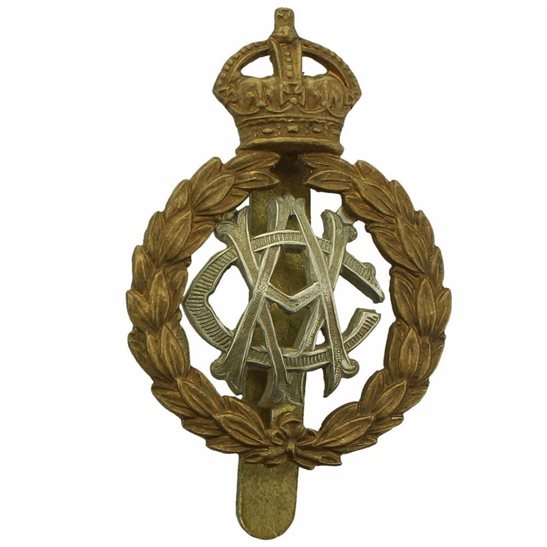Personal Details
Born: 26 November 1866 in Wigan, Lancashire.
Family: He was the fourth of nine children born to Thomas Parker, a grocer, and his wife Elizabeth. He married Gwendolen Williamson (nee Thomas) in 1915 in Nantwich, Cheshire and together they had one child Massie Mayor.
Residence: In 1871 he was living with his family in Lime Street, Wigan. By 1881 the family had moved to 97 Scholes Street, Wigan and in 1891 Thomas was boarding at The Groves, High Street, Malpas, Cheshire. In 1911 he lived at 7 New Street, Whitchurch which may have been his veterinary practice. In 1939 he and his wife were living at Warren House, Prees Heath, Shropshire. At the time of his death he was living at 23 Dodington, Whitchurch.
Employment: He was a veterinary surgeon.
Died: 18 January 1946 in Whitchurch, and was buried on 22 January the same year in Whitchurch cemetery.
Military Details
Regiment: Royal Army Veterinary Service
Rank: Acting Major
Service Number:
Date of Enlistment: Not known
Date of Discharge: Not known
Reason for Discharge: Not known
Other Information: Thomas served in the Boer War.
Thomas was awarded the Campaign medals (Victory and British War Medals)

The British War Medal (also known as 'Squeak') was a silver or bronze medal awarded to officers and men of the British and Imperial Forces who either entered a theatre of war or entered service overseas between 5th August 1914 and 11th November 1918 inclusive. This was later extended to services in Russia, Siberia and some other areas in 1919 and 1920. Approximately 6.5 million British War Medals were issued. Approximately 6.4 million of these were the silver versions of this medal. Around 110,000 of a bronze version were issued mainly to Chinese, Maltese and Indian Labour Corps. The front (obv or obverse) of the medal depicts the head of George V. The recipient's service number, rank, name and unit was impressed on the rim.
The Allied Victory Medal (also known as 'Wilfred') was issued by each of the allies. It was decided that each of the allies should each issue their own bronze victory medal with a similar design, similar equivalent wording and identical ribbon. The British medal was designed by W. McMillan. The front depicts a winged classical figure representing victory. Approximately 5.7 million victory medals were issued. Interestingly, eligibility for this medal was more restrictive and not everyone who received the British War Medal ('Squeak') also received the Victory Medal ('Wilfred'). However, in general, all recipients of 'Wilfred' also received 'Squeak' and all recipients of The 1914 Star or The 1914/1915 Star (also known as 'Pip') also received both 'Squeak' and 'Wilfred'. The recipient's service number, rank, name and unit was impressed on the rim.

